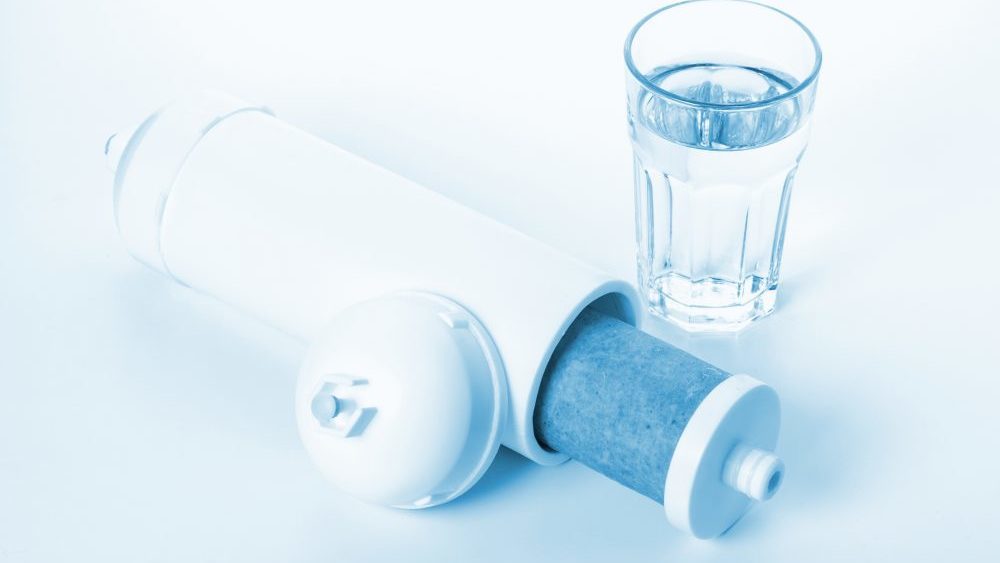Is our water safe to drink? Can it be improved for our consumption? These are questions you may be asking about your home tap water.
What’s in your water? The vast majority of Americans get their water from municipal systems. City water is regulated and inspected by government agencies, more so than the commercial bottled water industry. Chlorination is used to kill bacteria and viruses. If you have your own well, the earth itself acts as a giant filtration system, but the possibility of chemical contaminants exists where no treatment has been done.
Even though your water is safe to drink, it may taste funny. Or it may have mineral deposits that make it “hard” water. The same could be said of well water, if that’s your source.
If your home uses city water, request a copy of its water quality report. If you have a well, take a sample to an independent laboratory to be tested. Read about how to have your water tested by an accredited lab at http://www.nsf.org/consumer-resources/health-and-safety-tips/water-quality-treatment-tips/water-testing .
Choosing a system. Point-of-use filter systems are attached to the water faucet where you get most of your water for drinking and cooking, which usually is the kitchen sink. It only filters at that point. Filtered water pitchers and refrigerator water filters also fall in this category.
House filter systems tie into the main water supply line where it enters the house, whether it is city water or a well system. All the water coming into the home is treated. This is particularly important if you have water with minerals that can damage appliances.
In addition to filter location, consumers also must choose the type of filtering agent to use. Use your water quality report to guide you in selecting the right filtering method for your home.
Carbon filters are the most fundamental and common. Carbon filters remove chemicals, improve the taste and smell of water and lessen the amount of chlorine in municipal water. The cost depends on the size and location of the filter. A typical Brita filtering water pitcher costs $35. Add another $28 for six replacement cartridges. Under-sink systems start at about $69 for the most basic model to $240 for multi-stage filtration. Whole-house systems are the most expensive choice, averaging $1,700, but going as high as $4,000. Any filtration system that ties into the home’s plumbing system should be installed by a plumber or a professional from the filtration company.
Mechanical filters push water through a medium made of nylon or polyester. This method is good for removing waste material and particulates, but not for extracting chemicals.
Reverse osmosis. This filtration forces the untreated water through a series of cartridges, the main one being a membrane that is such a tight mesh that virtually all particulate matter is removed. The resulting filtered water is very pure. The process also produces waste water, flushing away one or two gallons of unused water for every gallon of purified water kept. Reverse osmosis systems are typically plumbed into the waterline under a kitchen sink and the purified water is stored in a tank. The water is then dispensed through a separate faucet. These systems require professional installation.
Water softening. If you live in an area with “hard” water, this means minerals in the water can damage your appliances and may make washing anything — from dishes to your own body — more difficult. Filtering water at the kitchen tap is not enough; a whole house water softener is needed.
A water softener ties into the plumbing at the source where water comes into the house. It protects the entire plumbing system from the build-up of these minerals in the water through an ionization process. Often the system is combined with carbon filtration for removing particulates and chemicals.


